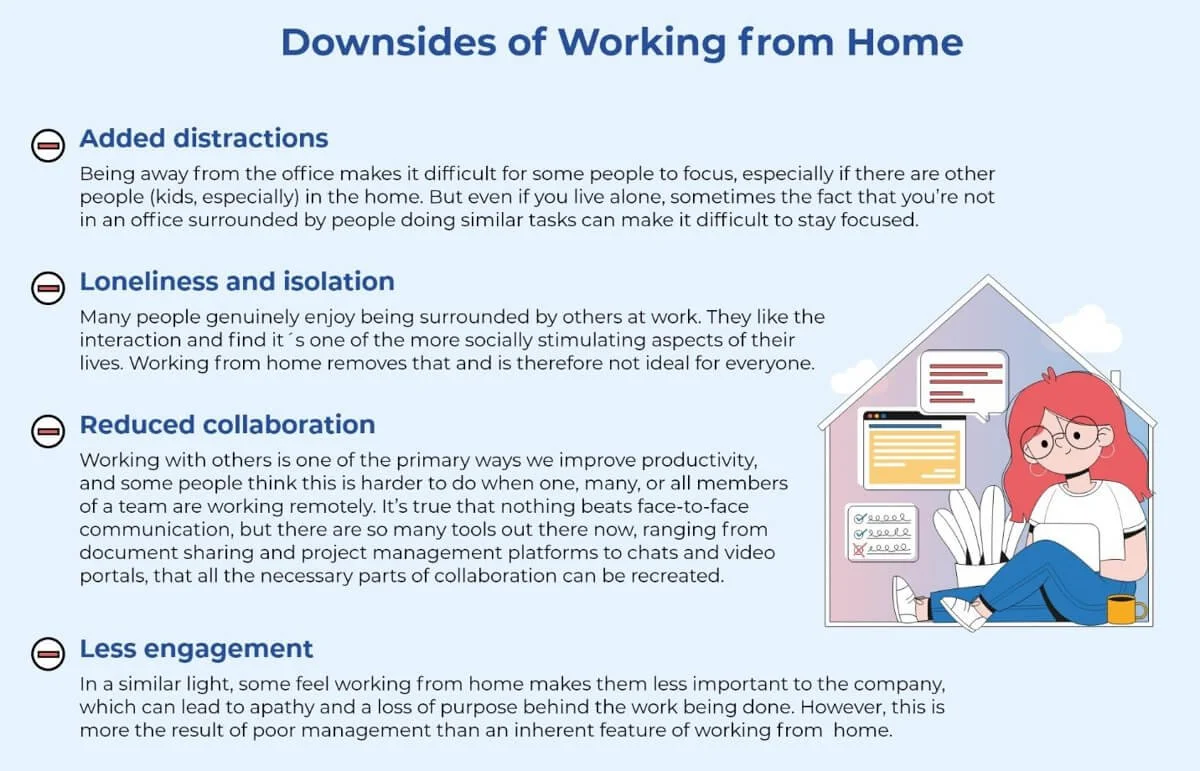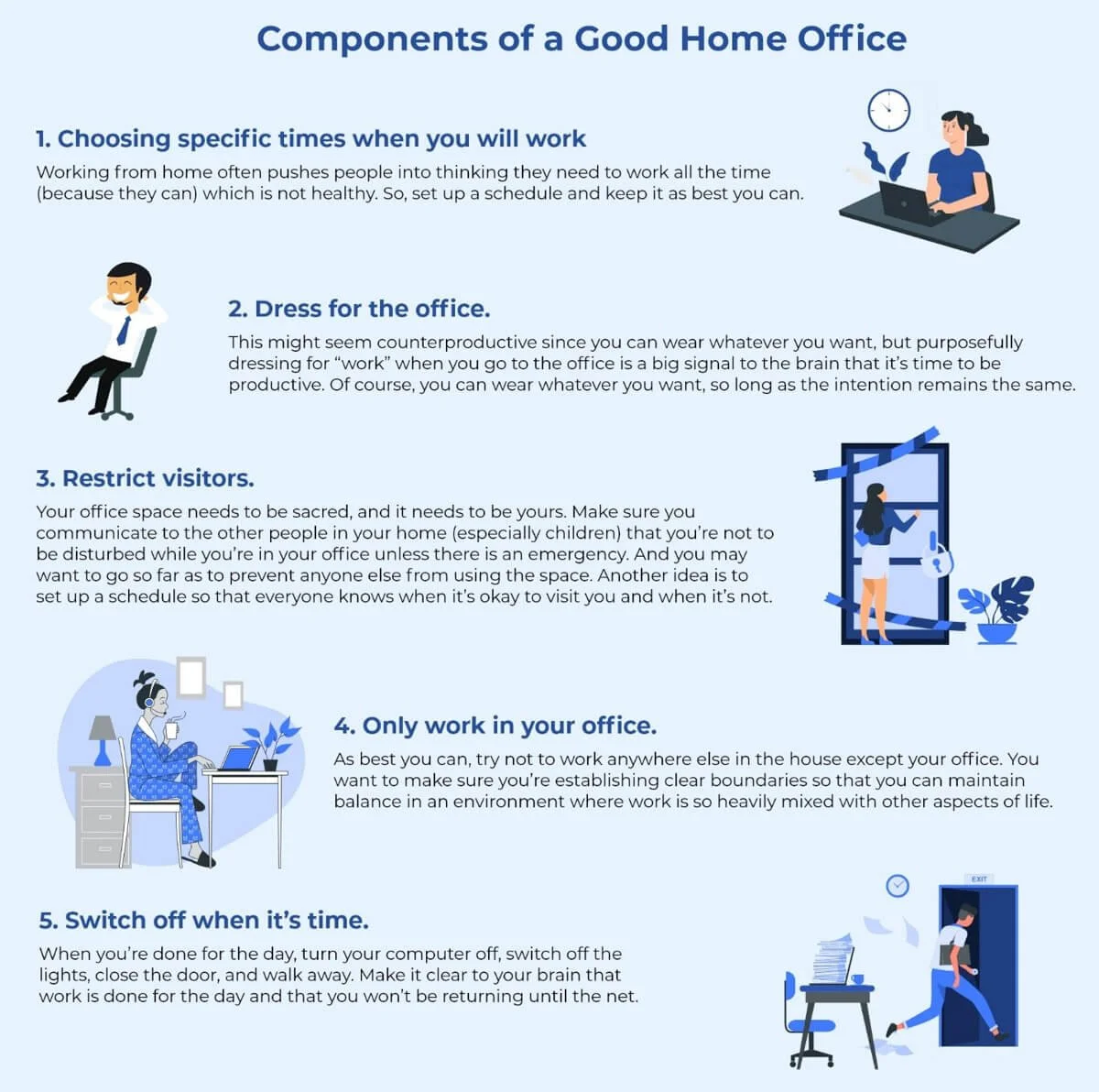How to Budget for Unexpected Home Repairs
RH Business Marketing Solutions
Congratulations on your recent move into your new abode! You're excited about this new place—the location, the layout, and even how clean it looks. However, when it's time to budget for sudden home repairs, things can get tricky. It's easy enough to estimate how much money will go toward replacing old appliances or updating flooring, but what of unexpected expenses? What if there's an issue with mold in the basement? Or there may be cracks in the foundation. Depending on their severity, these issues can cost thousands of dollars (and sometimes more). And this can be challenging for homeowners and contractors alike! In this article, we'll talk about how you can set aside a budget to prepare for house maintenance, which, though unpredictable, is quite inevitable.
Top hacks to build your home repair budget
Explore these clever strategies to save up funds for your home's upkeep:
1. Establish a home repair fund
Creating a dedicated fund is the first step to budgeting for unexpected home repairs. You can set up an account at your bank or credit union, especially for this purpose. It's crucial that you set aside enough money so that when an emergency arises, such as a broken pipe, you have ready cash on hand to cover the necessary costs. Use this fund only for house rehabilitation alone as much as you can help it.
2. Research repairs and costs
Next, find out what types of repairs you might need, how much they cost, and how long they will take. If you're unsure about the work your house requires, ask a real estate agent or contractor for advice. They can tell you what parts of the house will likely break down soon and give you a job estimate. In some instances, they might even tell you to delay getting your house mended.
If only one thing needs fixing right now (like a leaky roof), you can call several specialist contractors. They can give quotes based on their experience working with similar homes like yours. You can then decide which is the best fit for the job.
3. Get insurance protection
Unsure about how much your insurance covers? Then it's best to talk to an insurance agent or representative. Or you can call your insurance company and ask them about what kind of coverage will benefit you the most. If there are gaps in your policy, they can also help find alternative solutions that will work for both parties.
4. Consider a home warranty
Home warranties are an excellent way to shield yourself from unexpected repairs. They can cover both major and minor upkeep and can be purchased for new houses or existing ones. Their principal benefit is that you're covered in case something goes wrong with your home's plumbing, electrical system, or other major components.
5. Research financing options
While some repairs may be simple and straightforward, others can be more complex and require professional help. In such cases, it's best to hire a contractor who specializes in renovation projects.
Suppose your budget allows for home rehabilitation at any time—then that’s great! But if not, you can look into loans and lines of credit. These are two common financing options available through banks or credit unions. They allow homeowners to borrow money against their property without having any collateral (like jewelry). The interest rate on home improvement loans tends to fluctuate based on market conditions.
Note that most lenders require loan applicants to have good credit scores (above 700) before giving their approval. This indicates a decreased likelihood of loan default due to financial hardship, which can be caused by additional unexpected costs (like house repairs gone wrong).
6. Prioritize the most urgent repair jobs
Keep in mind that you don't have to do everything at once. Instead, prioritize the repairs that are most pressing and budget accordingly. It's also essential to save money regularly so that you're prepared for costly problems that may arise.
Regular HVAC system repair and maintenance can prevent minor issues from turning into major problems. This also helps prolong the life of your system, helping you save funds in the long run.
The bottom line
Budgeting for unexpected house repairs can indeed be overwhelming. But by applying these tips, you can take control of your finances and be prepared for anything that comes your way. Remember to research, prioritize, and save, and don't hesitate to seek professional help when needed. Your domicile is one of your most substantial financial commitments. After all, it could be your forever home! So taking care of it and ensuring that it's always in good condition is a must.
For more professional tps and tricks to effectively tackle your house maintenance needs, visit the blog of Kevin Szabo Jr Plumbing today!
Guest Contributor: Sophia Young


















